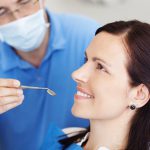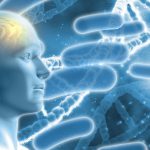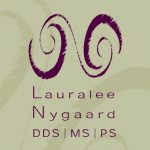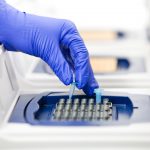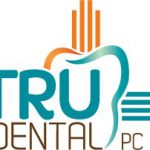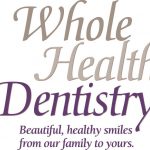
Dr. McGlennen: What are the top 2 things to consider when you select a patient for testing?
Sue RDH: I do not filter who I share this valuable information with. ALL patients have the right to know that there are tests to determine what type of bacteria is in their mouth that may be harmful to their overall health. In other words, I educate all patients on what they need and then it is up to the patient to decide. I have patients who take their total health and well-being very seri...
Read More

